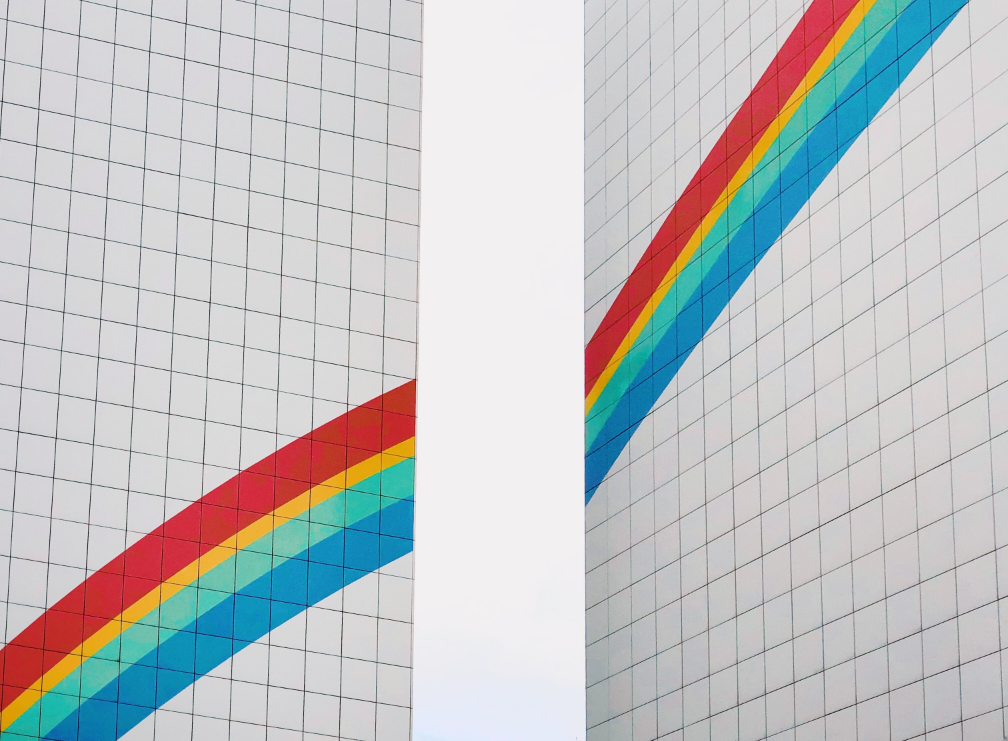When it comes to content, how do you hook your audience from the get-go? And once you have their attention, how do you keep it?
The average time a user spends on a website is about 54 seconds, according to a report by Contentsquare from 2021. That means you have less than a minute to attract someone and encourage them to stick around. Even more important, you want them to stick around because they’re enjoying your content.
How can you take your website’s user experience to the next level? By using rich content.
What is rich content?
Rich content, or rich media, is content that includes different media formats like audio, video, or images. Rich content is often talked about as an advertising tool, but we say that it’s an important part of your content strategy, too.
Examples of rich content
Rich content can come in all shapes and sizes, but some examples include:
- YouTube videos
- GIFs
- Infographics
- Livestreams
- Podcasts
- Instagram Stories
- TikToks
- Webinars
If “normal” content in comparison is text-based content, without any sort of visual or audio flair, then rich content is the opposite. Normal content gets the job done by informing your audience, but it’s kinda…basic. Rich content jazzes things up and makes your content more exciting.
Think about how you use GIFs in blogs or emails, or how you embed video into a blog, or how you create a diagram or illustration to drive home a point in text.
How rich content can help your brand
A report from Opera Mediaworks in 2013 found that rich media ads were four times more effective than banner ads in terms of clickthrough rate. That’s huge! Rich media ads outperformed standard ads even though standard ads are, well, standard. They’re more commonly used, but it seems they don’t work as well. (Or they’re easier to ignore.)
Now, what else can rich content do for your brand?
Creates a more interesting user experience
We’re a bunch of bookworms at Uncanny Content, so we have no problem reading pages and pages of text. (That’s also a big part of our jobs.) But that doesn’t mean we don’t enjoy reading something in audiobook form, giving graphic novels a try, or watching a TV or film adaptation of a book.
See the difference here? Images, audio, video, and other forms of rich content can often create a more interesting user experience. Content that engages the other senses can make it more unique and enticing to your users.
Decreases bounce rate
Bounce rate is the percentage of users who land on your site and then leave without navigating to a second page. A high bounce rate means that your content isn’t quite convincing someone to stay and take the action that you want them to.
What’s considered a “high” bounce rate? Believe it or not, 50% to 70% is average. Blame it on our short attention spans and too many things to do and see on the internet. So, a bounce rate above 70% is pretty poor.
Rich content can entice your site visitors and keep them on your page. In fact, video hosting company Wistia found that adding videos to their pages more than doubled their average user time on page. That lead to a significantly lower bounce rate compared to pages without a video.
Videos are excellent for decreasing bounce rate, but high-quality images can help, too! Whether they’re product photos, pictures of your team or office, or even royalty-free images, pictures are more eye-catching than rows and rows of plain ol’ text.
Captures your audience’s attention
Did you know that more than 500 million hours of video are watched on YouTube every day? That’s not super surprising considering how popular the platform is.
But here’s a fact that might be a shocker to you: 69% of people prefer video over text when learning about a product or service, according to a 2022 report by Wyzowl.
When you present your content in a format other than text, you’re helping your audience learn about your products or services. They’ll likely retain that information better if you’re sharing content in their preferred medium, and they’ll remember your brand in a positive light.
Provides more insights into your customers
If you wanna learn more about what your customers like about your content, serve it up in different forms and see what comes out on top.
With rich content, you can track and analyze insights like:
- Which video topics are most popular
- How long your users watch your videos
- How much of a podcast episode they listen to
- Whether they skip around in a video or podcast
- Which parts they skip to multiple times
- What images they engage with most
- Which types of rich content are the most engaging
- Which types of questions, polls, quizzes, or other interactive tools in social media they engage with most
You can learn so much from your audience by tracking and analyzing new data points that your rich content provides.
Rich content: a handy content marketing tool
Creating content regularly is a never-ending cycle of learning about your audience, offering up content that meets their wants and needs, reviewing their response, and then creating more content. To do it well (without spending big bucks or sacrificing your sanity), you need powerful content marketing strategies…like using rich content.
Rich content can reel in new audiences, provide a more engaging user experience, encourage people to spend more time on your site, and give you more insight into your target audience. All it takes is a little extra time creating images, audio, or video, in addition to text-based content.
The best part is, you don’t need to ditch your text-based content completely. A mix of rich content and normal content strikes the right balance of text and visual elements that readers like. If you’re new to using rich content, start adding a video, image, GIF, or audio snippet here and there where it makes sense. Then sit back and those results roll in.

